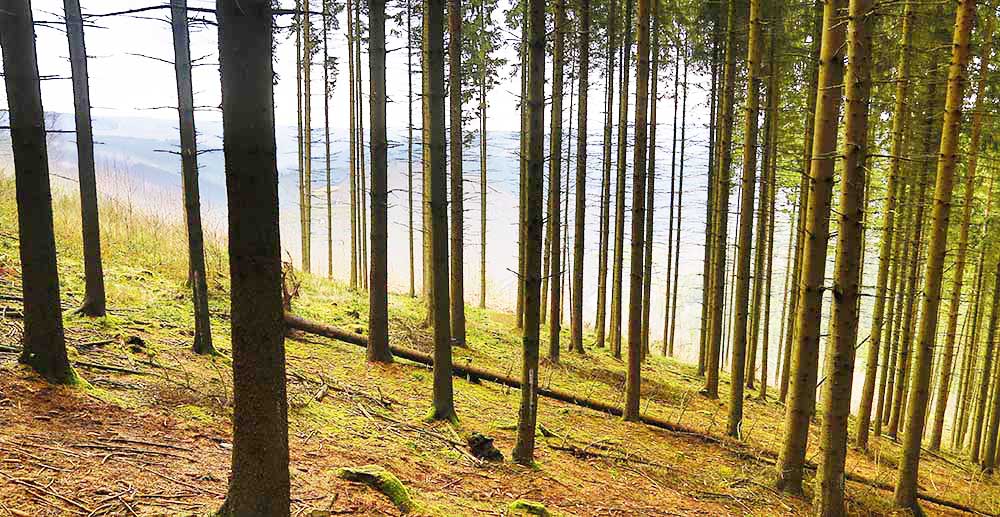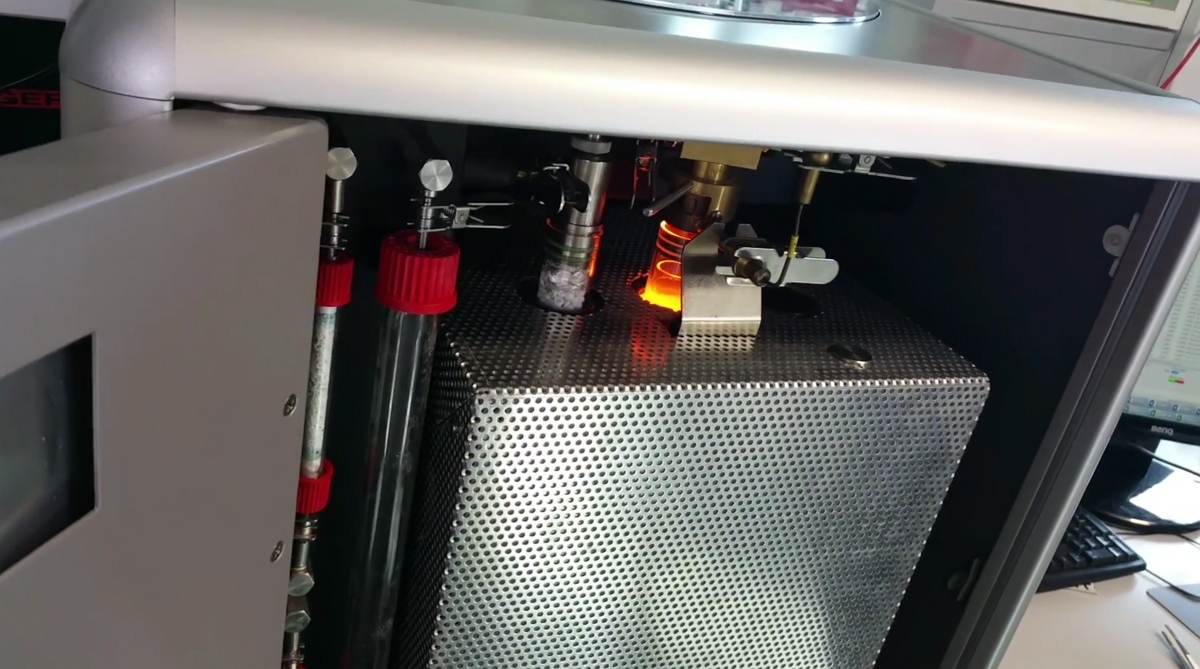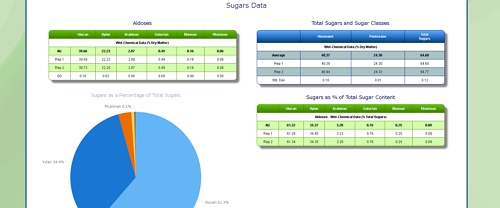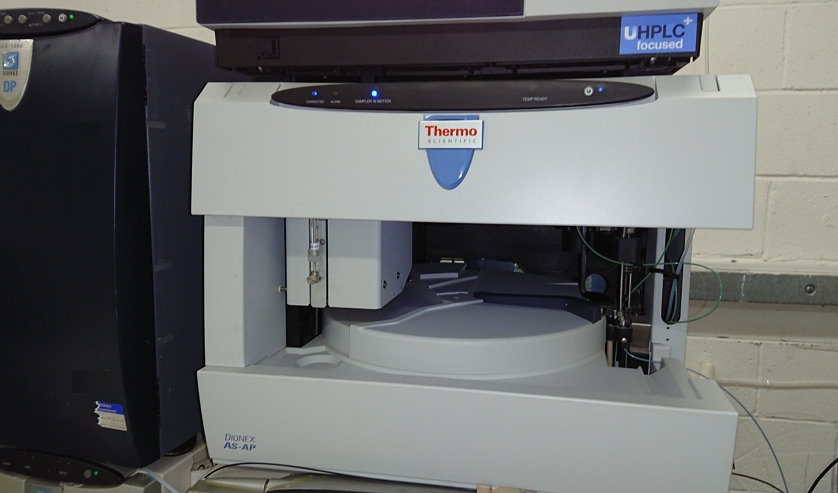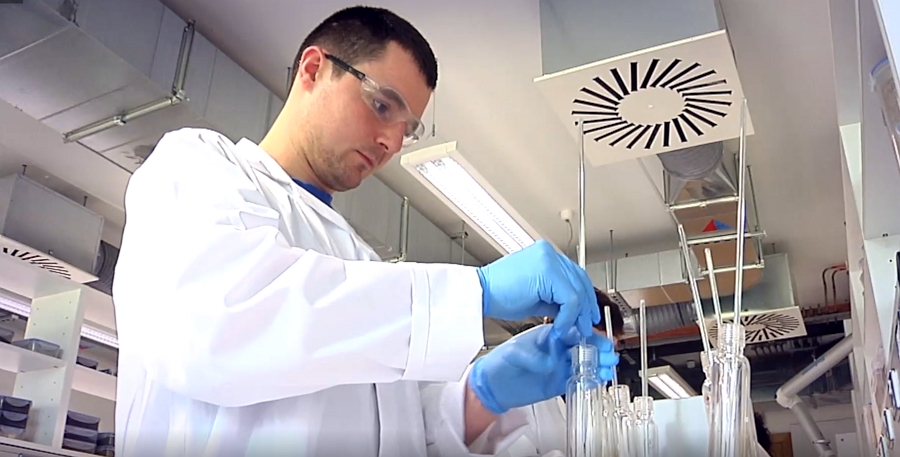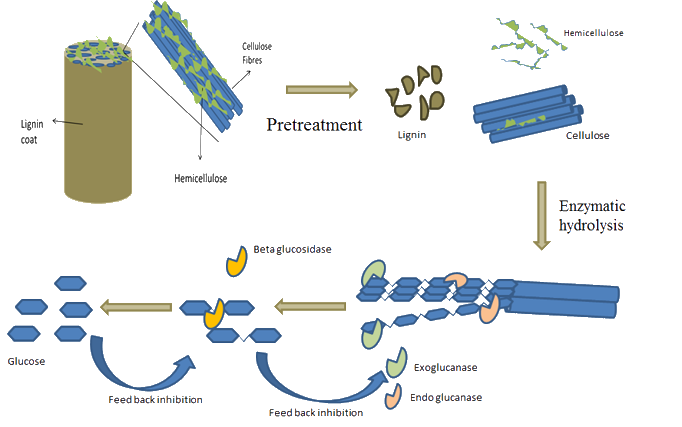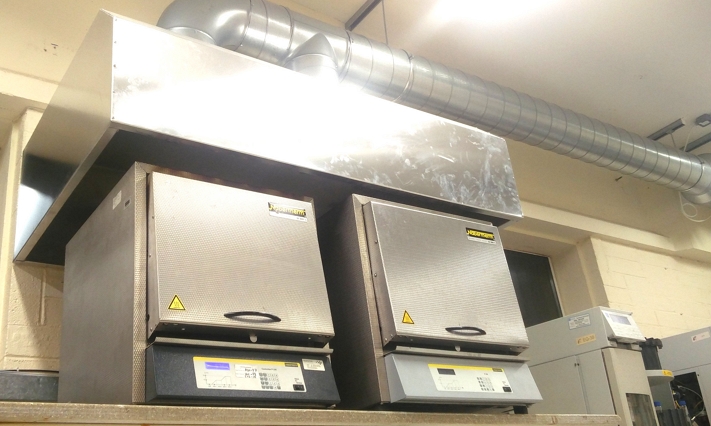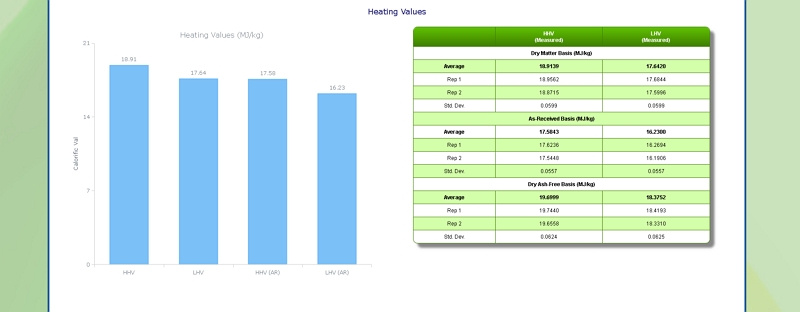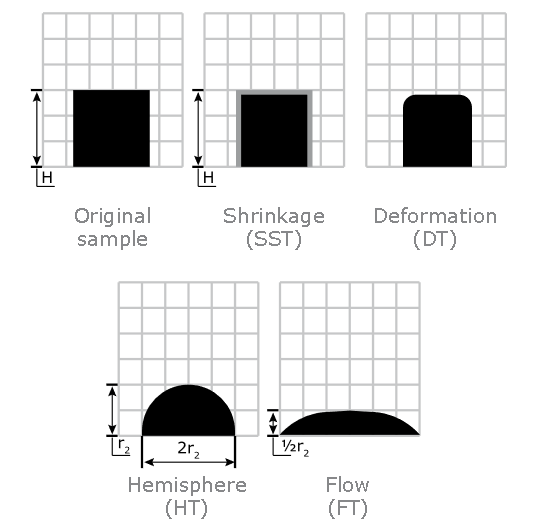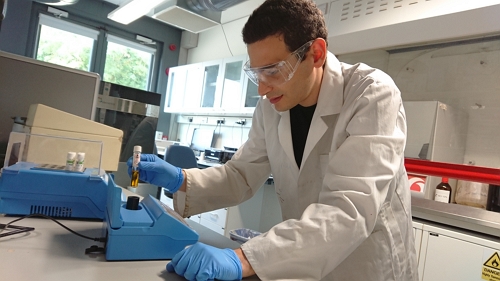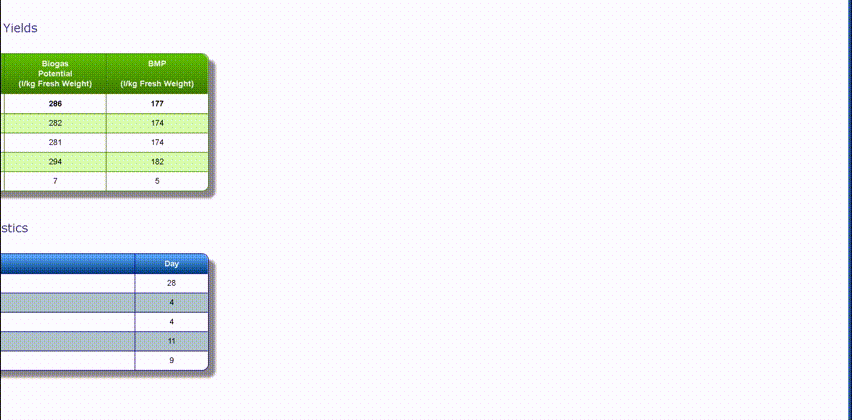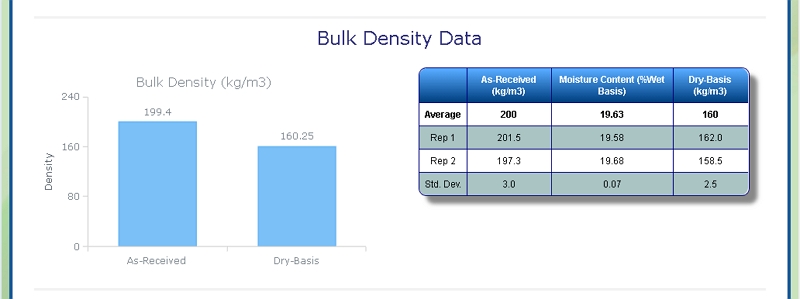Analysis of Forest Residues
Background on Forest Residues
Forest residues represent a highly heterogeneous mix of biomass. In addition to the tree-tops and branches there will also be a significant amount of foliage.
The constitution and total quantity of forest residues on any particular site is dependent on: the age of the tree; the species; the tree-spacings; and the wood assortment harvested. Depending on these, the amount of forest residues can vary from 50 to 100 oven dry tonnes per hectare.
The biomass obtained after thinning operations is also of relevance. Due to their small size, these trees, particularly first thinnings, are often not used in sawmills or for pulpwood.
Analysis of Forest Residues at Celignis
Celignis Analytical can determine the following properties of Forest Residues samples:
Lignocellulosic Properties of Forest Residues
Cellulose Content of Forest Residues
Given that foliage and bark typically contain lower cellulose contents than wood, a greater mass proportion of stem wood will favour an increased cellulose content in the harvested residues.
Click here to see the Celignis Analysis Packages that determine Cellulose Content
Request a QuoteCellulose Content
Hemicellulose Content of Forest Residues
Click here to see the Celignis Analysis Packages that determine Hemicellulose Content
Request a QuoteHemicellulose Content
Lignin Content of Forest Residues
Click here to see the Celignis Analysis Packages that determine Lignin Content
Request a QuoteLignin Content
Starch Content of Forest Residues
Click here to see the Celignis Analysis Packages that determine Starch Content
Request a QuoteStarch Content
Uronic Acid Content of Forest Residues
Click here to see the Celignis Analysis Packages that determine Uronic Acid Content
Request a QuoteUronic Acid Content
Enzymatic Hydrolysis of Forest Residues
Click here to see the Celignis Analysis Packages that determine Enzymatic Hydrolysis
Request a QuoteEnzymatic Hydrolysis
Bioenergy Properties of Forest Residues
Ash Content of Forest Residues
Click here to see the Celignis Analysis Packages that determine Ash Content
Request a QuoteAsh Content
Heating (Calorific) Value of Forest Residues
Click here to see the Celignis Analysis Packages that determine Heating (Calorific) Value
Request a QuoteHeating (Calorific) Value
Ash Melting Behaviour of Forest Residues
Ash Shrinkage Starting Temperature (SST) - This occurs when the area of the test piece of Forest Residues ash falls below 95% of the original test piece area.
Ash Deformation Temperature (DT) - The temperature at which the first signs of rounding of the edges of the test piece occurs due to melting.
Ash Hemisphere Temperature (HT) - When the test piece of Forest Residues ash forms a hemisphere (i.e. the height becomes equal to half the base diameter).
Ash Flow Temperature (FT) - The temperature at which the Forest Residues ash is spread out over the supporting tile in a layer, the height of which is half of the test piece at the hemisphere temperature.
Click here to see the Celignis Analysis Packages that determine Ash Melting Behaviour
Request a QuoteAsh Melting Behaviour
Major and Minor Elements in Forest Residues
We can also determine the levels of 13 different minor elements (such as arsenic, copper, and zinc) that may be present in Forest Residues.
Click here to see the Celignis Analysis Packages that determine Major and Minor Elements
Request a QuoteMajor and Minor Elements
Analysis of Forest Residues for Anaerobic Digestion
Biomethane potential (BMP) of Forest Residues
At Celignis we can provide you with crucial data on feedstock suitability for AD as well as on the composition of process residues. For example, we can determine the biomethane potential (BMP) of Forest Residues. The BMP can be considered to be the experimental theoretical maximum amount of methane produced from a feedstock. We moniotor the volume of biogas produced allowing for a cumulative plot over time, accessed via the Celignis Database. Our BMP packages also involve routine analysis of biogas composition (biomethane, carbon dioxide, hydrogen sulphide, ammonia, oxygen). We also provide detailed analysis of the digestate, the residue that remains after a sample has been digested. Our expertise in lignocellulosic analysis can allow for detailed insight regarding the fate of the different biogenic polymers during digestion.
Click here to see the Celignis Analysis Packages that determine BMP
Request a QuoteBMP
Physical Properties of Forest Residues
Bulk Density of Forest Residues
At Celignis we can determine the bulk density of biomass samples, including Forest Residues, according to ISO standard 17828 (2015). This method requires the biomass to be in an appropriate form (chips or powder) for density determination.
Click here to see the Celignis Analysis Packages that determine Bulk Density
Request a QuoteBulk Density
Particle Size of Forest Residues
Our lab is equipped with a Retsch AS 400 sieve shaker. It can accommodate sieves of up to 40 cm diameter, corresponding to a surface area of 1256 square centimetres. This allows us to determine the particle size distribution of a range of samples, including Forest Residues, by following European Standard methods EN 15149- 1:2010 and EN 15149-2:2010.
Click here to see the Celignis Analysis Packages that determine Particle Size
Request a QuoteParticle Size


